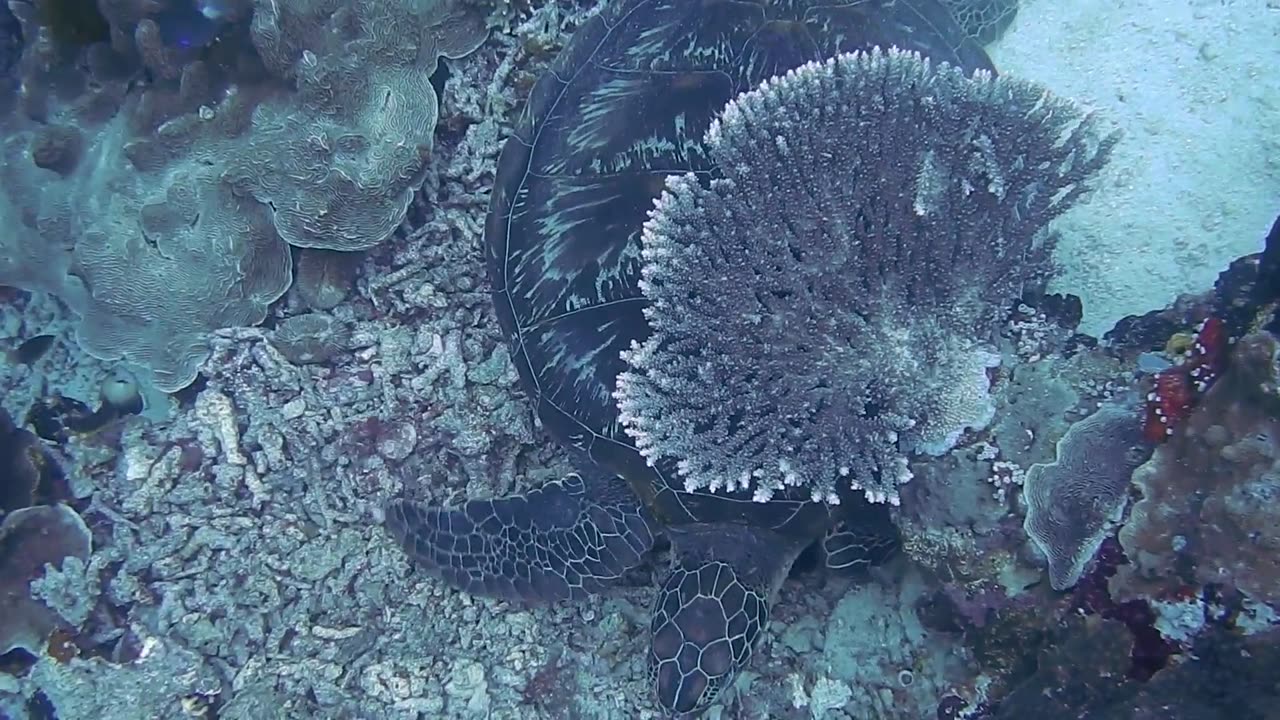Premium Only Content

fish Amizing
Body Structure: Fish have a body structure adapted for swimming efficiently through water. Their bodies are usually elongated and streamlined, reducing drag. They have scales covering their skin, which serve as protection.
Respiration: Fish respire through gills, which extract dissolved oxygen from water. Water passes over the gill filaments, where oxygen is absorbed into the bloodstream and carbon dioxide is released.
Fins: Fish have fins that aid in movement, stability, and maneuverability. These fins come in various shapes and sizes and may include dorsal fins, pelvic fins, pectoral fins, anal fins, and caudal fins (tail fins).
Reproduction: Fish reproduce in various ways, including external fertilization, where eggs and sperm are released into the water simultaneously, and internal fertilization, where fertilization occurs inside the female's body.
Habitats and Adaptations: Fish inhabit a wide range of aquatic environments, including freshwater lakes, rivers, oceans, and even some extreme environments like deep sea trenches and polar regions. They exhibit various adaptations to their habitats, such as camouflage, bioluminescence, and specialized body shapes.
Diet: Fish are diverse in their dietary habits. Some are carnivorous, feeding on other fish or small aquatic animals, while others are herbivorous, feeding on algae or plant matter. Many fish species are opportunistic feeders, consuming whatever food is available in their environment.
Ecological Importance: Fish play crucial roles in aquatic ecosystems as both predators and prey. They help maintain ecological balance and nutrient cycling in aquatic environments. Additionally, many fish species are important economically, providing food and livelihoods for millions of people worldwide.
-
 LIVE
LIVE
StoneMountain64
1 hour ago#1 WARZONE TACTICIAN + New Battlefield Trailer
169 watching -
 20:03
20:03
Adam Does Movies
2 hours agoAlien: Earth Episode 1 - Recrap
47 -
 15:38
15:38
IsaacButterfield
10 hours ago $0.12 earnedExploiting His Baby For Views (The Island Boys)
9387 -
 32:09
32:09
The Boomer Effect
6 hours agoBuy American and Build America
3 -
 1:59:46
1:59:46
The Charlie Kirk Show
3 hours agoShould Taylor Swift Submit? + What's Wrong In Minneapolis? + MAHA vs. CDC | 8.28.2025
43.9K19 -
 50:23
50:23
The White House
2 hours agoPress Secretary Karoline Leavitt Briefs Members of the Media, Aug. 28, 2025
28.7K23 -
 1:01:34
1:01:34
Timcast
4 hours agoCatholics Targeted By TRANS Shooter, Left Blames CHRISTIANITY
154K107 -
 2:09:57
2:09:57
Steven Crowder
5 hours agoTotal Failure: Unpacking The Media's Evil Reaction to the Minneapolis Church Shooting
335K308 -
 2:05:26
2:05:26
Side Scrollers Podcast
4 hours ago4Chan SUES UK Government + Craig Has Mental Illness Fatigue + Knight Rider REBOOT | Side Scrollers
17.7K1 -
 1:17:10
1:17:10
Sean Unpaved
3 hours agoColt Knost Unplugged: Golf, 2025 Ryder Cup, & Football Fever
22K2